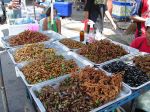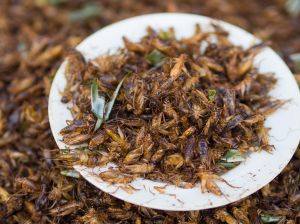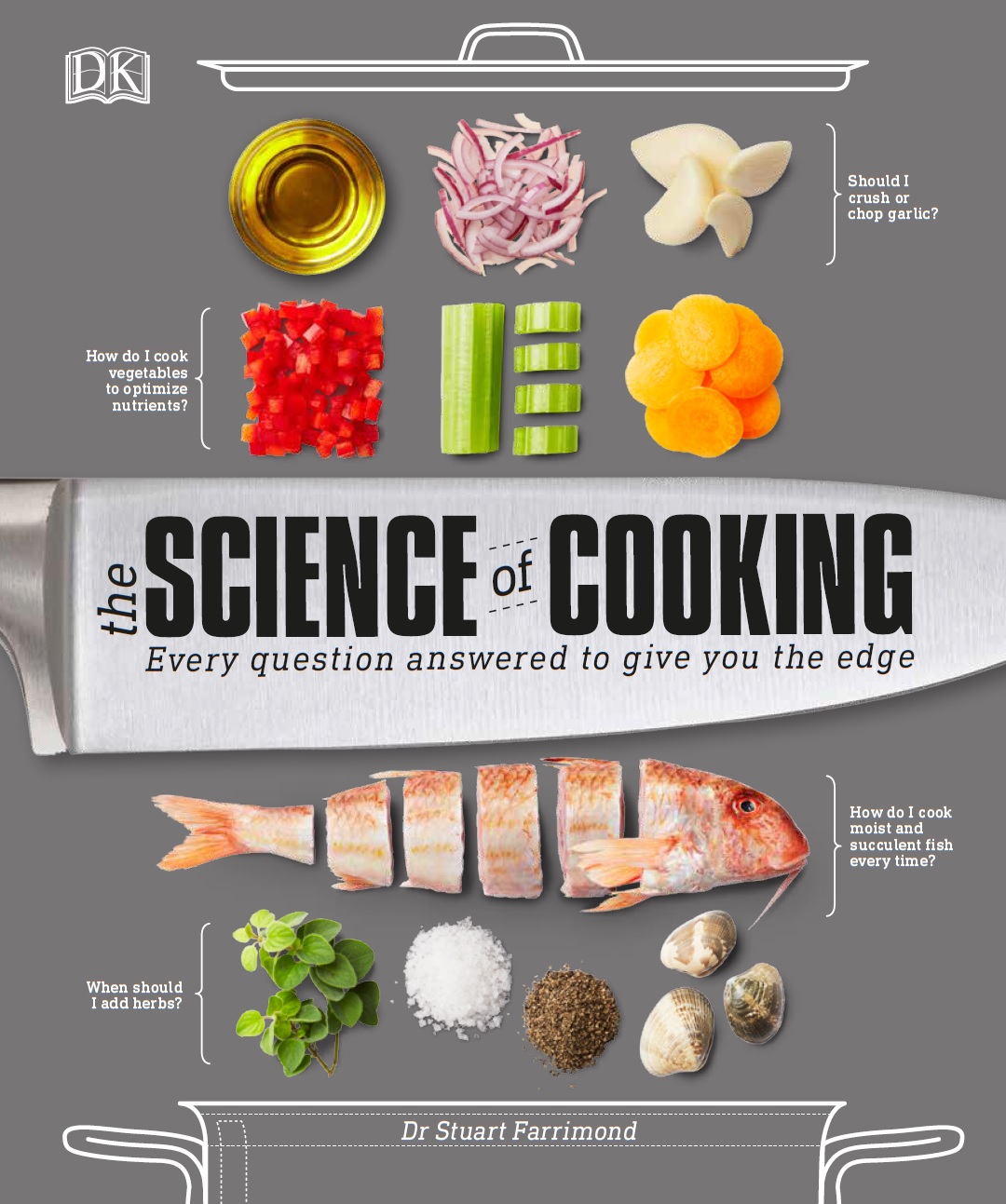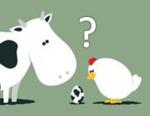 Once upon a time, vegetarians were seen as weirdos who had to make do with a cheese omelette when dining out. Today, non-meat eaters get some of the tastiest options. There is no shortage of meat substitutes foods to sink our laughing tackle into, like Quorn, ‘soy mince’ and tofu. But there is a newcomer crawling onto that non-animal list is heralded as the ‘next protein’. It is apparently going to feed the world, help undo climate change and make us slimmer and healthier into the bargain. The only fly in the ointment? This wonder food is insects.
Once upon a time, vegetarians were seen as weirdos who had to make do with a cheese omelette when dining out. Today, non-meat eaters get some of the tastiest options. There is no shortage of meat substitutes foods to sink our laughing tackle into, like Quorn, ‘soy mince’ and tofu. But there is a newcomer crawling onto that non-animal list is heralded as the ‘next protein’. It is apparently going to feed the world, help undo climate change and make us slimmer and healthier into the bargain. The only fly in the ointment? This wonder food is insects.
We squirm at the prospect of crunching into a deep-fried beetle or slurping up a caterpillar, but eating insects isn’t a strange thing to do. About a quarter of the world’s population – 2 billion people – regularly eat insects, and our ancestors have munched on them since the dawn of time. John the Baptist famously ate locusts and wild honey, and it was only colonial Europeans who decided it was a ‘savage’ food. With over 1,900 varieties of edible insects, we’re spoilt for culinary choices. In Thailand, vendors sell crispy insects in outdoor markets, Chinese diners enjoy roasted bee larvae and fried silkworm moth larvae, while typical households in the Congolese capital of Kinshasa get through over half a pound (300g) of caterpillars a week.
With the world’s population growing ever faster, edible insects offer a very sensible solution to keep everyone well-nourished. By 2050 we will be needing to produce nearly twice as much food as we do today. Unless something changes, we will run out of land, water and resources. Livestock produce an astonishing one fifth of all greenhouse gasses – more than all the world’s cars, planes and trains combined – and they gobble up a third of all of our crops while taking up 30% of the earth’s entire land surface. By comparison, insect farms use tiny amounts of land, use a fraction of the energy and water, and are incredibly cheap and efficient to run.
 Critter fritters might save the planet, but it’s going to be hard to swallow our squeamishness. Seven out of ten people say they wouldn’t even consider letting an insect get anywhere near their mouth. And I’ll be honest with you, the prospect of a grub chow mein doesn’t exactly get my tummy rumbling. We do stand to reap some mammoth health benefits if we’ve got the stomach for it, however. Bugs are nutritional powerhouses are packed with as much protein as many animal meats; they have practically no heart attack-inducing saturated fats, and insects are plentiful in vitamins and minerals, such as zinc and iron. They are so unbelievably nutritious that many elite bodybuilders are now swapping their whey protein shakes for insect powder. The United Nations and other major health bodies even think that because insect ‘meat’ is remarkably low in calories, the creepy crawlies could help solve our world’s obesity crisis.
Critter fritters might save the planet, but it’s going to be hard to swallow our squeamishness. Seven out of ten people say they wouldn’t even consider letting an insect get anywhere near their mouth. And I’ll be honest with you, the prospect of a grub chow mein doesn’t exactly get my tummy rumbling. We do stand to reap some mammoth health benefits if we’ve got the stomach for it, however. Bugs are nutritional powerhouses are packed with as much protein as many animal meats; they have practically no heart attack-inducing saturated fats, and insects are plentiful in vitamins and minerals, such as zinc and iron. They are so unbelievably nutritious that many elite bodybuilders are now swapping their whey protein shakes for insect powder. The United Nations and other major health bodies even think that because insect ‘meat’ is remarkably low in calories, the creepy crawlies could help solve our world’s obesity crisis.
Self-disclosure time: I’ve eaten cooked crickets, beetles, and worms before and I must say that I was more than a little disappointed. Crunchy like crisps, I wanted to love them, but they had all the flavour of cardboard (plus the antennae get stuck in your teeth). Creative chefs are thankfully coming up with more flavourful ways and enticing ways of cooking them. Next month, a leading Swiss supermarket chain will start selling insect burgers and, by all accounts, they are quite tasty. Blended with vegetables, rice and spices, they are the first products to be sold in a major European supermarket since EU regulations were relaxed in May. I dare say it won’t be long before similar offerings worm their way onto our shop shelves – and I’ll be at the front of the queue to give them a go. In the meantime, packets of insect snacks and chocolate-coated crickets are widely available to buy online. If you order now, they will arrive in time for Halloween. Trust me, the kids will love them.
Thanks for reading. Feel free to add your thoughts in the comments below. 
Image sources (Wikimedia, Creative Commons): Insect Food Stall, Deep Fried House Crickets









Discussion
No comments yet.